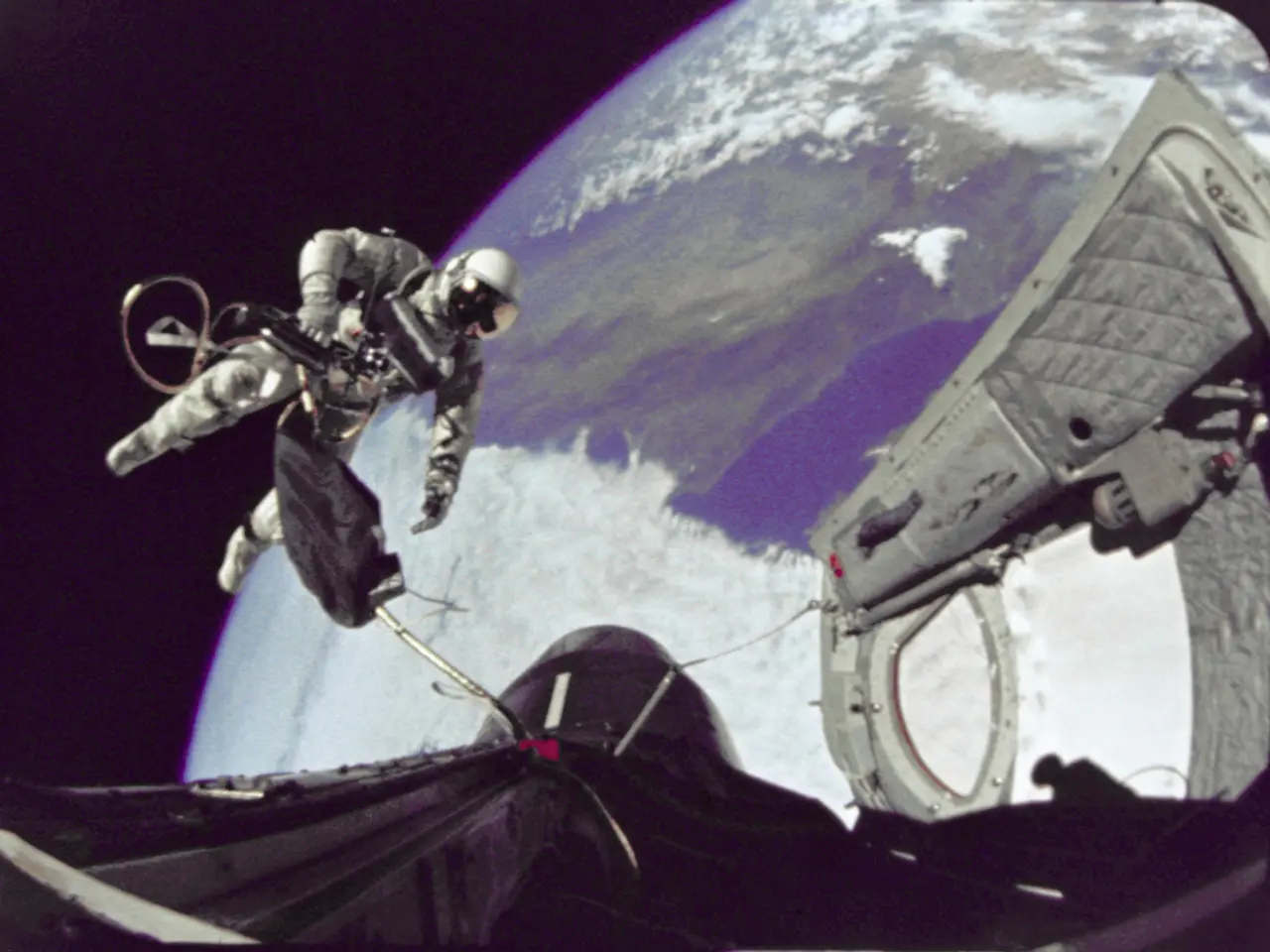Media's Impact on Space Industry Economics
The media plays a pivotal role in shaping the development and expansion of the burgeoning space economy. This dynamic industry, encompassing activities ranging from satellite services to space tourism, relies heavily on media for visibility, innovation, and investment.
Positive media coverage can boost investor confidence, fuel consumer enthusiasm, and motivate policymakers, while negative coverage can have the opposite effect. Reporting on cooperative ventures between countries helps reinforce diplomatic ties and underscores the importance of peaceful exploration and mutual benefit. Publicizing international collaboration promotes awareness of the global nature of space exploration, encouraging support for policies and funding that sustain joint initiatives.
As the space economy continues to evolve, media's role in informing, educating, and engaging the public remains instrumental to its continued advancement. Social media and influencer culture significantly impact the space economy, with high-profile figures like Elon Musk and Jeff Bezos using platforms like Twitter, Instagram, and YouTube to announce milestones and generate buzz for their space ventures. Influencers specializing in science and technology amplify space-related topics, making complex information more engaging and digestible for broader audiences, thereby affecting market dynamics, public enthusiasm, and consumer behavior.
Media coverage highlights innovations in satellite technology, propulsion, space data analytics, and other commercial space sectors, which fuels public interest and legitimizes the space economy beyond government programs. This coverage helps transition space activities from purely government-funded projects to commercially viable industries attracting private capital and accelerating growth.
Reporting on key milestones such as record launches, advancements in satellite broadband (e.g., SpaceX’s Starlink and competitors), and investments in Earth observation further drive market expansion and interest in space-related solutions with terrestrial applications. The reporting on collaborations between the private sector and defense entities, such as NATO’s commercial space strategy, also illustrates how media shapes strategic narratives that integrate commercial space capabilities into global security frameworks, reinforcing the sector’s importance.
Media supports the narrative of space as an interconnected economy extending beyond rockets to technologies like satellite communications and even cellular networks on the Moon, as exemplified by companies like Nokia. This helps broaden public and investor understanding of the space economy’s potential, encouraging diversified investments and new commercial opportunities.
Media coverage fosters international collaboration in space exploration by highlighting cooperative initiatives like the International Space Station (ISS) and joint missions between organizations such as ESA and NASA. Organizations like NASA and ESA utilize media extensively to disseminate educational content about space science and economics.
Media outlets play a central role in generating excitement and publicizing successful space tourism flights. Media outlets significantly shape public perception of space exploration, science, and related economic activities. However, they have the responsibility to provide precise and balanced coverage in space-related journalism, ensuring that public expectations align with realistic scientific and technological capabilities.
Finally, media coverage helps highlight economic implications of space tourism, such as job creation and regional economic boosts around spaceports. Dedicated media platforms like SpaceNews and Space.com facilitate targeted advertising, sponsorship, and strategic partnerships within the space industry.
In summary, media influences the space economy’s growth by publicizing innovation, attracting capital, shaping strategic collaborations, and promoting broader understanding of space as an expanding commercial ecosystem. Its role is crucial in driving the development and expansion of the space economy, making it a vital partner in the ongoing exploration and commercialization of space.
- The wide-spread positive media coverage of startups and investments in the commercial space sector inspires investor confidence, incites consumer enthusiasm, and stimulates policymakers to back space initiatives.
- Media's role in reporting on international cooperation in space exploration reinforces diplomatic ties between nations and underscores the importance of joint initiatives in science, technology, industry, and finance.
- Data analytics has become a significant focus in satellite technology, and its progress in the space economy receives extensive media coverage, fueling public interest and furthering its commercial viability.
- Influencers in the science and technology sector leverage social media platforms to discuss and popularize space-related topics, thus affecting market dynamics, public enthusiasm, and consumer behavior.
- Media outlets shape strategic narratives in the space economy by reporting on cooperative efforts between the private sector and defense entities, such as NATO’s commercial space strategy, and illustrating their impact on global security frameworks.
- Media coverage propels space tourism forward by generating excitement about successful flight missions, broadening public understanding of the economic implications associated with this emerging industry, and attracting new commercial opportunities.




